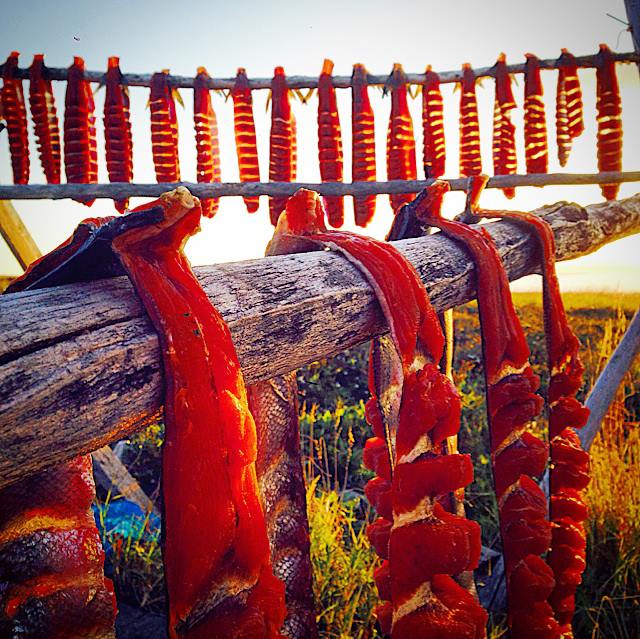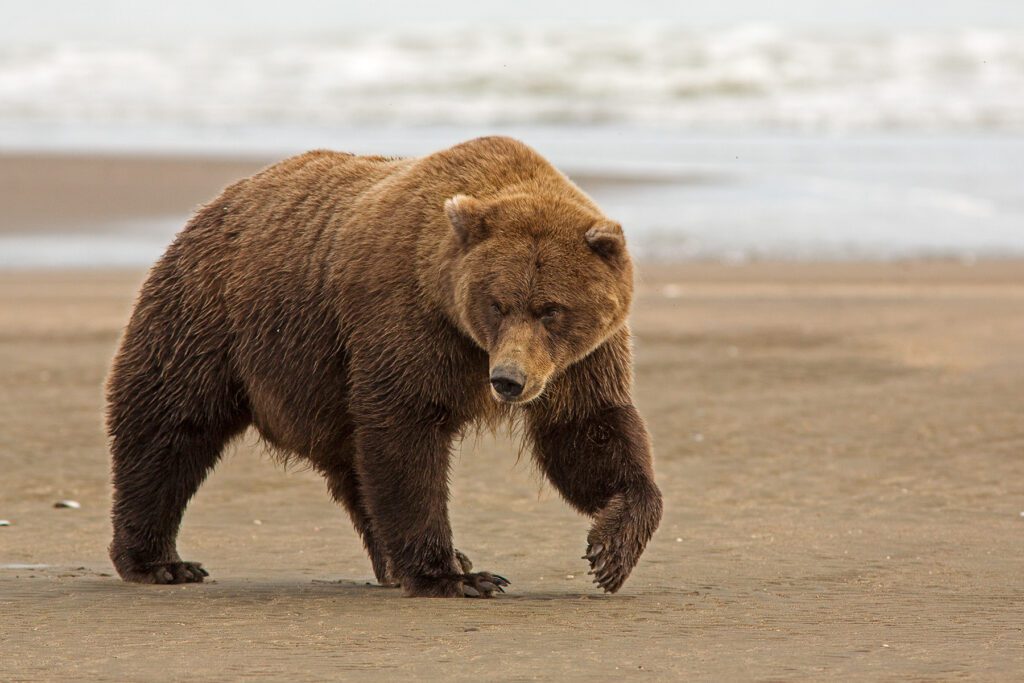An early spring is moving musk oxen on the Seward Peninsula closer to where people live, and while wildlife officials say that can afford good views of the unique animals, they’re cautioning people from getting too close.
“People are getting out and they’re looking at musk ox,” Alaska Department of Fish and Game biologist Tony Gorn said. “But what we’ve seen this week is just members of the public frankly just getting way too close to groups.”
Getting too close can scare herds, harming or even killing young calves. Herds are already failing to recruit—that is, see calves survive past ten months and become part of the herd—and Gorn said that’s leading to population declines near 13 percent annually.
Contending with wildlife watchers who get too close adds additional pressure, Gorn said.
“When they’re watching them and they’re causing the groups to run off, it’s really a big deal with musk ox groups, because new calves can’t keep up when adults run off. When adults run off, often times calves can get stepped on and killed.”
Worse still, Gorn said many well-meaning wildlife viewers see what they think is an abandoned calf and take it home, or otherwise intervene. That, Gorn said, can be a death sentence for the calf.
“When you’re a newborn calf, and you’re away from the group for even more than a couple days, it’s tough to get that animal back in the group, and back to being a part of the population. More times than not that animal ends up dying.”
Gorn said the animals are much more likely to survive if simply left alone.
“The best thing to do is just to leave it there,” Gorn said. “Although you don’t see musk ox in the immediate area, they are not that far away … It’ll start to call, mom’s going to start to look for it, and the best bet is they’re going to get back together on their own.”
The Dept. of Fish and Game’s ability to rehabilitate a calf in Nome is limited. Gorn said animals that aren’t placed back in the original herd often fail to thrive, leaving little choice for biologists but euthanization.
Gorn stressed the best choice for the animals long- and short-term well-being is to view musk oxen from a safe distance and, if wildlife viewers come upon a calf, to simply leave it alone.







